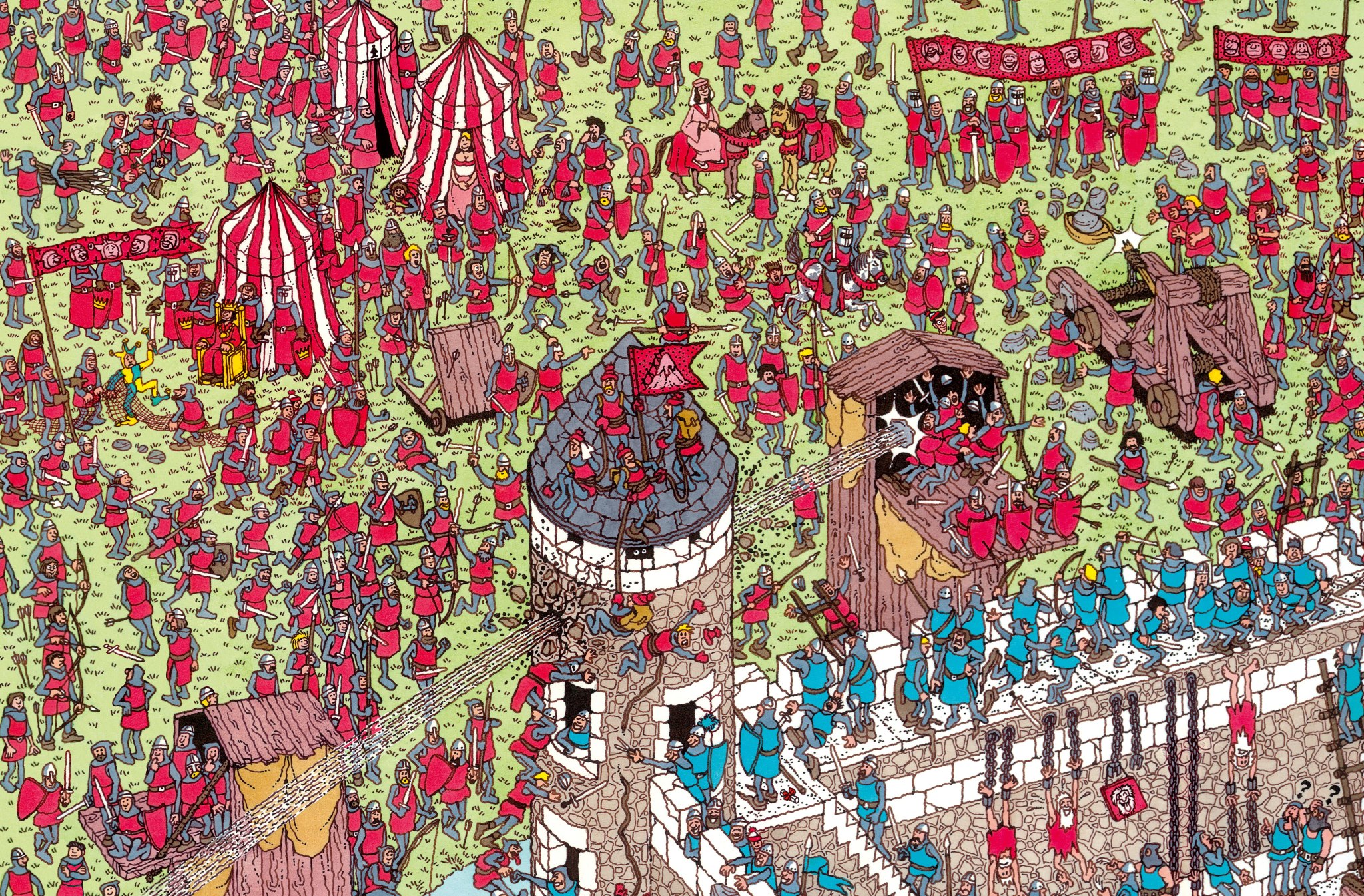
Ability Scores
The Player's Handbook presents three methods of generating ability scores: 4d6, standard array, and point-buy. These methods have become fairly standard in fantasy roleplaying. Of the three, my preference is for point-buy--which allows for both individuality and balance. I disagree with the Player's Handbook in regards to the highest ability one can purchase, however.
Using the 4d6 method, there is potential for having an 18 in an ability before applying racial modifiers. Even with allowing for the freedom of point-buy, I disagree that 15 should be the highest, purchasable ability score.
In my games, I will allow a player to purchase an ability score of 16, which would cost 11 points. While still limited to 27 points (keeping the same "Standard array"), this would allow for an extreme array of either |16, 16, 11, 11, 8, 8| or |16, 16, 13, 9, 8, 8|.
Multiclassing
This setting has its roots in BECMI/RC D&D, which does not "really" allow for multiclassing, at least not for low-level characters. The exception here is that, in the Immortals rules, the Polymath path to immortality requires a special kind of multilassing: A character must complete 36 levels in one class before experiencing a form of amnesia to reach at least 5th level in another class to seek out an artifact--and repeat until all four [human] classes have been mastered. One of the heroes of legend, [St.] Jostin, had completed such a task.
In Pathfinder, as with other 3.x games, multi-classing worked in a similar fashion to 5th edition--but without the restrictions. Under these rules, anyone could dip into any other class to pick up weapon and armor proficiency or easy access to skills. It was a system that was easily abused, leading to nearly every character to be multiclass. Experience with multiclassing in this system was point two against allowing it in the 5th edition incarnation.
5th edition provides many ways for cross-class deveopment--inluding both archetypes (Totem Warrior, Eldritch Knight, Way of the Four Elements, Arcane Trickster) and feats (Magic Initiate, Martial Adept, War Caster). While these options do not cover all possible class combinations, alternate options are being released consistently.
Therefore, I will not allow multiclassing in Monvesia.
In Pathfinder, as with other 3.x games, multi-classing worked in a similar fashion to 5th edition--but without the restrictions. Under these rules, anyone could dip into any other class to pick up weapon and armor proficiency or easy access to skills. It was a system that was easily abused, leading to nearly every character to be multiclass. Experience with multiclassing in this system was point two against allowing it in the 5th edition incarnation.
5th edition provides many ways for cross-class deveopment--inluding both archetypes (Totem Warrior, Eldritch Knight, Way of the Four Elements, Arcane Trickster) and feats (Magic Initiate, Martial Adept, War Caster). While these options do not cover all possible class combinations, alternate options are being released consistently.
Therefore, I will not allow multiclassing in Monvesia.
Feats
Feats are one of he best additions to the game to come from 3.x; and I was pleased to learn that they would continue in 5th edition. Unlike 3.x & 4th edition, 5th edition feats are more complex. In many ways, a 5th edition feat could be a combination of several 3.x or 4th edition feats. To use feats, you give up ability scores increases ... but can still choose feats that increase ability scores. Some feats even allow for limited cross-class development. I see no reason not to use these rules in Monvesia
Unlike races, classes, and backgrounds, I am not going to explore every feat in the game.
Edited Apr 10th, 2016; Jun 28th, 2016; Aug 20, 2018; Oct 16, 2019; Apr 24, 2020.
Unlike races, classes, and backgrounds, I am not going to explore every feat in the game.
NOTE: Feats from the Wayfinder's Guide to Eberron are not available in Monvesia.
Elemental Adept
If any feat could be considered iconic to Monvesia, this would be it. Members of non-spell-casing races will first need the Magic Initiate feat. For the purposes of refleccting Monvesia's elemental structure, add the following damage types as options: necrotic, radiant.
Unearthed Arcana Feats
The following, expanded feats from Unearthed Arcana are available in Monvesia:
- Psionic Feats
- Metabolic Control
- Telekinetic
- Telepathic
- Tower of Iron Will
- Wild Talent
- This is a psionic character option.
- Racial Feats
- Dragonborn
- Dragon Fear
- Dragon Hide
- Dragon Wings
- Dwarf
- Dwarf Resilience
- Grudge-Bearer
- Squat Nimbleness
- Elf
- Elven Accuracy
- Drow High Magic
- Fey Teleportation
- Wood Elf Magic
- Gnome
- Fade Away
- Squat Nimbleness
- Critter Friend
- Wonder Maker
- Half-elf
- Elven Accuracy
- Everybody’s Friend
- Prodigy
- Half-orc
- Orcish Aggression
- Orcish Fury
- Halfling
- Bountiful Luck
- Second Chance
- Squat Nimbleness
- Human
- Human Determination
- Prodigy
- Tiefling
- Barbed Hide
- Flames of Phlegethos
- Infernal Constitution
- Skill Feats
- Acrobat
- Animal Handler
- ArcanistBrawny
- Diplomat
- Empathic
- Historian
- Investigator
- Medic
- Menacing
- Naturalist
- Perceptive
- Performer
- Quick-Fingered
- Silver-Tongued
- Stealthy
- Survivalist
- Theologian
- Tool Feats
- Alchemist
- Burglar
- Gourmand
- Master of Disguise
- Weapon Mastery Feats
- Blade Mastery
- Fell Handed (axe & hammer mastery)
- Flail Mastery
- Spear Mastery
Edited Apr 10th, 2016; Jun 28th, 2016; Aug 20, 2018; Oct 16, 2019; Apr 24, 2020.
No comments:
Post a Comment